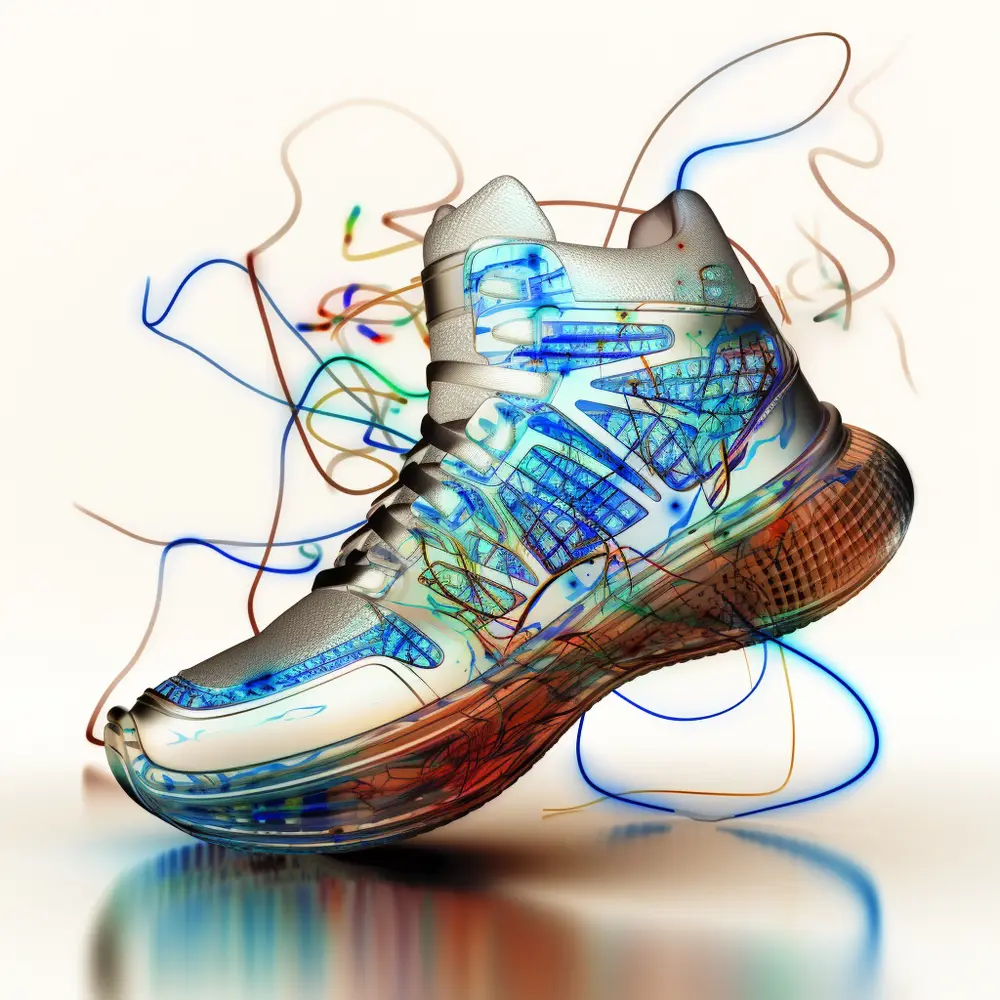Can AI algorithms analyze gait patterns and suggest adjustments to running form for improved efficiency?
Energy Return and Running Efficiency
AI-enhanced shoes can optimize energy return and reduce energy expenditure during running in several ways:
- Personalized cushioning and stability: AI algorithms can analyze a runner’s gait, weight, and running style to determine the ideal cushioning and stability for their feet. This can help to reduce impact forces and prevent injuries, as well as improve energy efficiency.
- Adaptive midsoles and outsoles: AI-controlled midsoles and outsoles can adjust their stiffness or flexibility in real time to match the runner’s gait. This can help to enhance energy return and reduce the risk of overstriding or pronation.
- Integrated sensors and feedback: AI-enhanced shoes can incorporate sensors that monitor the runner’s biomechanics and provide real-time feedback. This can help runners to identify and correct inefficiencies in their running form.
- Connected to wearable devices: AI-enhanced shoes can connect to wearable devices to provide a more holistic view of a runner’s performance. This can include data on heart rate, cadence, and other metrics that can be used to optimize training plans.
- Dynamic propulsion: AI-powered shoes could eventually incorporate motors or other mechanisms to provide additional propulsion during running. This could potentially lead to significant improvements in speed and efficiency.
In addition to optimizing energy return and reducing energy expenditure, AI algorithms can analyze gait patterns and suggest adjustments to running form for improved efficiency. Here are some examples of how AI could be used for gait analysis and form optimization:
- Identifying imbalances: AI algorithms can identify imbalances in a runner’s gait, such as overstriding or uneven pronation. This can help runners to understand the root causes of inefficiencies and make the necessary adjustments to their form.
- Optimizing stride length and cadence: AI algorithms can analyze a runner’s stride length and cadence and suggest adjustments that can improve efficiency. For example, runners with a long stride may benefit from shortening their stride, while runners with a slow cadence may benefit from increasing it.
- Reducing braking forces: AI algorithms can identify braking forces in a runner’s gait and suggest adjustments that can reduce them. This can help runners to reduce impact forces and improve energy efficiency.
- Providing personalized form feedback: AI algorithms can provide runners with personalized form feedback in real time. This can help runners to make adjustments to their form as they are running, which can be more effective than only providing feedback after a run.
As AI technology continues to develop, we can expect to see even more innovative ways to use AI to enhance running performance and injury prevention. AI-enhanced shoes have the potential to revolutionize the way that runners train and compete.
